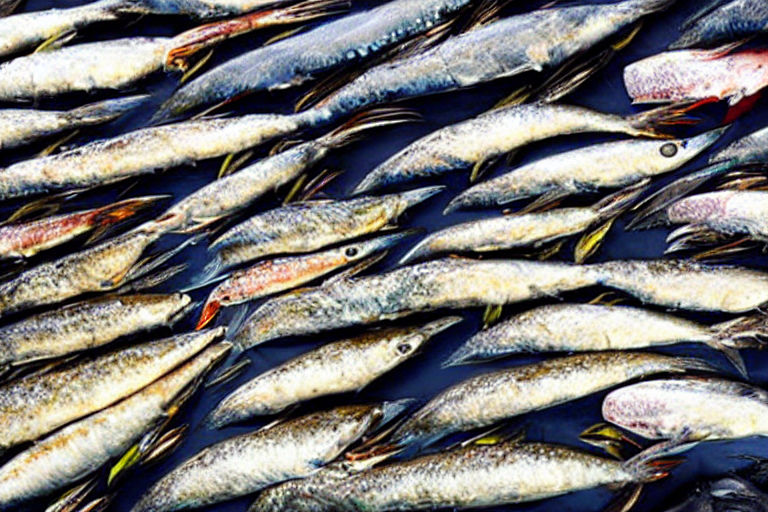How to Capture Stunning Wildlife Photography
Introduction
Wildlife photography is a thrilling and rewarding genre, offering the chance to capture the beauty and majesty of animals in their natural habitats. However, capturing stunning wildlife photos requires a combination of technical skill, patience, and a deep understanding of animal behavior.
Essential Gear
- Telephoto lens (200mm or longer)
- Tripod
- Fast shutter speed camera
- Camouflage or blind
- Binoculars or spotting scope
Planning Your Shoot
1. Research the area and identify potential wildlife hotspots.
2. Determine the best time of day to photograph, such as dawn or dusk when animals are most active.
3. Scout the location beforehand to minimize disturbance.
Animal Behavior
- Observe animal habits and patterns.
- Avoid sudden movements or loud noises.
- Respect wildlife regulations and maintain a safe distance.
Technical Settings
- Set a fast shutter speed to freeze movement (1/500s or faster).
- Use a low aperture (f/2.8 or wider) to create a shallow depth of field.
- Adjust the ISO to balance exposure, but avoid high ISOs that introduce noise.
- Shoot in RAW format to preserve all image data for post-processing.
Composition and Lighting
- Fill the frame with your subject to create a strong focal point.
- Use natural light to enhance colors and create depth.
- Pay attention to the background to avoid distractions.
Post-Processing
- Adjust exposure, contrast, and sharpness in editing software.
- Crop and straighten the image for optimal composition.
- Remove unnecessary elements or distractions.
Conclusion
Capturing stunning wildlife photography requires patience, planning, and technical proficiency. By following these tips, you can increase your chances of capturing breathtaking images of animals in their natural environments.



